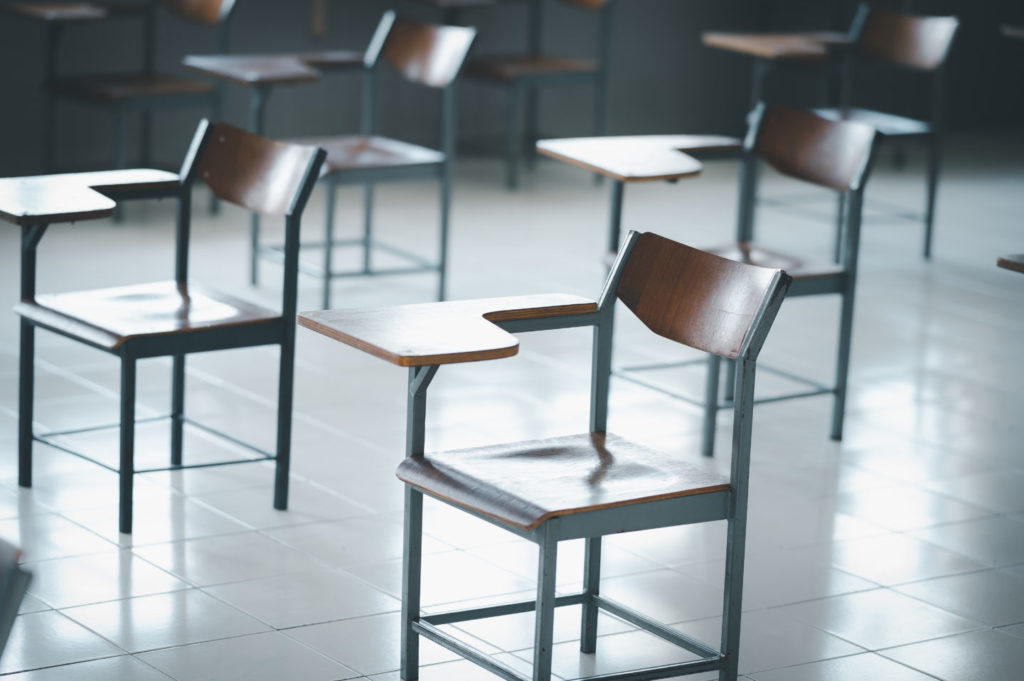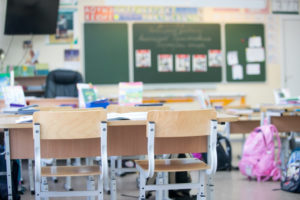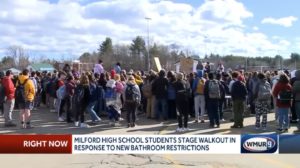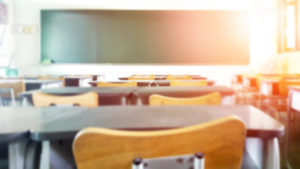Report sheds light on declining public-school enrollment in New Hampshire
(The Center Square) – Microschools, learning pods, and other nontraditional types of learning venues continue popping up across New Hampshire as the ripple effects of COVID-19 take shape.
A…

(The Center Square) – Microschools, learning pods, and other nontraditional types of learning venues continue popping up across New Hampshire as the ripple effects of COVID-19 take shape.
A new report from the Josiah Bartlett Center, a nonpartisan and independent think tank, delved into how entrepreneurs across New Hampshire create new educational options as parents seek alternatives to public schools.
A total of 161,755 New Hampshire students were enrolled in public schools in the 2022-23 school year, according to data from the state’s Department of Education. The figure reveals a 10,111 decline in student enrollment from the 171,866 count tallied before the pandemic struck at the beginning of the 2019-20 school year.
In the Josiah report, policy analyst Mitchell Scacchi said the scenario playing out in New Hampshire follows a nearly two-decade-long trend that resulted in the loss of 29,946 students enrolled in public schools from 2001 to 2019.
Amid the decline, state officials also have been funneling more money into public education. Public school spending from 2001 to 2019 reportedly grew $1.5 billion, or $937 million, when adjusted for inflation.
“As public school leaders in New Hampshire and elsewhere work on improving outcomes and making educational systems more responsive to families, some parents continue to seek alternatives for either the short-term or long-term,” Scacchi wrote.
Education entrepreneurship has increased in the U.S., including New Hampshire.
The new approach, Scacchi said, “embraces a bottom-up, decentralized approach to schooling. The Live Free or Die state is home to a wide and growing range of educational alternatives offered by scrappy startups, frustrated parents, former public-school teachers, and even national businesses.”
Based on his analysis, Scacchi categorizes alternative schools into one of four potential buckets.
Microschools are modern versions of one-room schoolhouses, which commonly serve 10-50 students and employ multiple full- and part-time employees.
Learning pods, which typically consist of 10 or fewer students and are organized by a group of families, are also in the mix. Homeschool co-ops and learning centers are a looser type of setting, typically organized by families working toward shared educational goals.
Rounding out the list are hybrid homeschools, which feature at-home learning intermingled with a learning center environment, typically involving one or more paid instructors.
In the report, Scacchi attributed the rise of public school alternatives to actions taken around public education at the height of the pandemic.
“Large declines in student performance … both during and following the pandemic, along with increasingly bitter disputes over school content and policies, are sending still more parents in search of alternatives, Scacchi said.
The New Hampshire Department of Education has attributed multiple reasons for public school enrollment declines, including declining birth rates. According to the state agency, New Hampshire has the second-lowest birth rate in the U.S.
“It is important for school leaders to understand how declining enrollment numbers may be impacting their districts and how to plan accordingly for the future,” Frank Edelblut, education commissioner, said in a statement.



